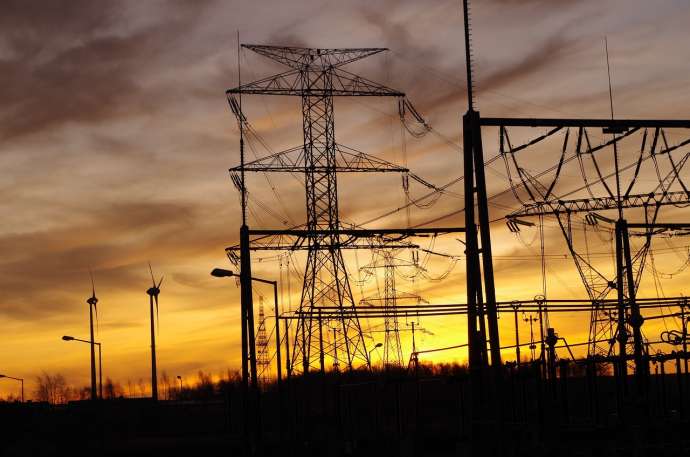STA, 13 December 2018 - Following a longer period of stable prices, several power and natural gas companies in Slovenia increased their prices this autumn in response to growing energy prices on foreign energy exchanges.
Wholesale energy prices on foreign markets have been growing for a while due to the economic and political situation and increasingly expensive CO2 emission coupons.
Monitoring energy prices in Slovenia, the Consumers' Association (ZPS) said some half a dozen companies had increased electricity prices and a dozen of them increased natural gas prices.
The uniform electricity tariff rose by an average 15%, the higher tariff by 12% and the lower one by more than 17%, according to the consumer watchdog.
The prices of natural gas for end-users have increased somewhat less, by an average 10%, ZPS data shows.
The electricity bill for households receiving power from Elektro Primorska's subsidiary E3 has been higher by an average EUR 2.50 or 4.9% since September.
E3, which said the Slovenian electricity market had been "very dynamic" since mid-2017, previously increased the electricity price a year ago, while it sets it on an individual basis for large business customers.
Prices depend on neighbouring countries
The company told the STA that electricity prices in Slovenia were largely under the influence of price trends in the neighbouring countries.
The price of electricity on the Hungarian HUPX power exchange rose by slightly less than 30% in the January-October period, peaking at EUR 64.30 per megawatt hour in September, "which was also a record value in the last ten years", it said.
Elektro Maribor's Energija Plus increased its electricity prices in October, by an average 5.9% for business customers and by 6.6% for households.
The distributor said that since September 2017, the price of megawatt hour of electricity on the European EEX energy exchange to be supplied in 2019 and 2020 had grown from EUR 30 to EUR 60. "This year alone, it rose by more than 45%."
While Gen-I is not planning a rise for households, RWE has not yet taken the final decision, but said electricity prices had been constantly rising across Europe over the past 18 months.
CO2 measures drive much of the increase in price
The company told the STA the prices on the German energy exchange had doubled to reach the highest level in five years, adding the main reason behind the trend was the changed rules governing trading in CO2 emission certificates.
As for natural gas, Energija Plus said the prices had been rising since September 2017, with a megawatt hour of natural gas for supply in 2019 rising from EUR 17 to more than EUR 24 over the past year.
Petrol and diesel prices in Slovenia have also been affected by prices on foreign markets, with administered prices of regular petrol and diesel reaching in October the highest level since June 2015 and November 2014, respectively.
The same month, diesel was more expensive than regular. However, since then, the prices have been dropping to reach the levels from the beginning of the year.
Meanwhile, a litre of heating oil has risen to reach an average EUR 0.965 in the third quarter of the year, up from an average EUR 0.768 in the same quarter in 2017.







